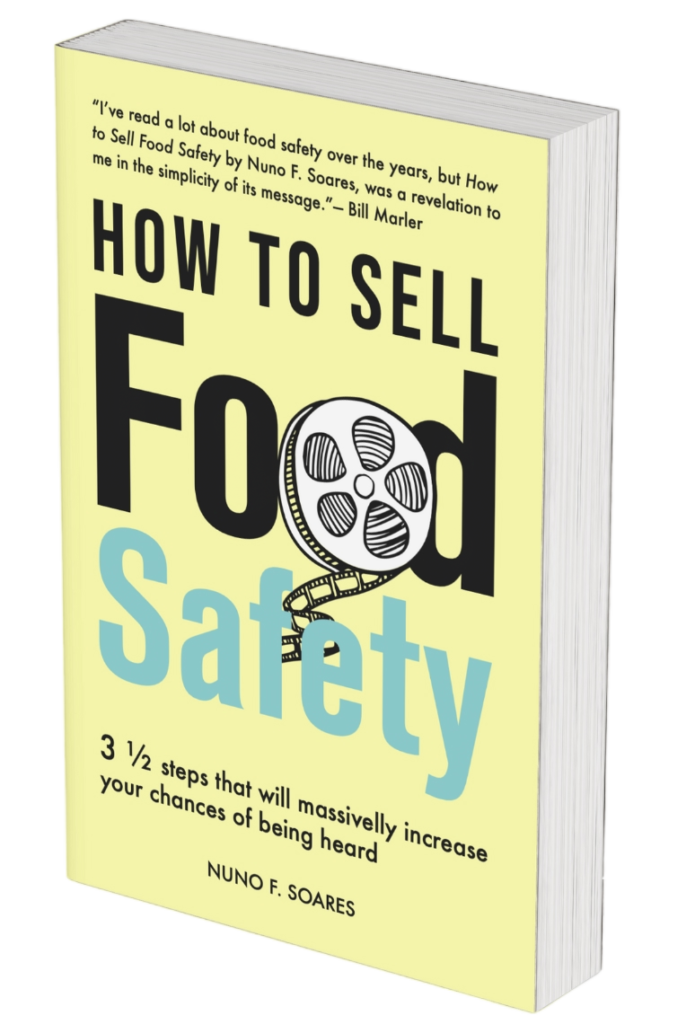
The mind wonders if one day we will have a futuristic kitchen appliance in which a pod (such as coffee pods for coffee makers) is inserted and our food product can be generated (or recomposed) in the appropriate serving size for our nutrition needs with custom sensory qualities and appealing shape.










